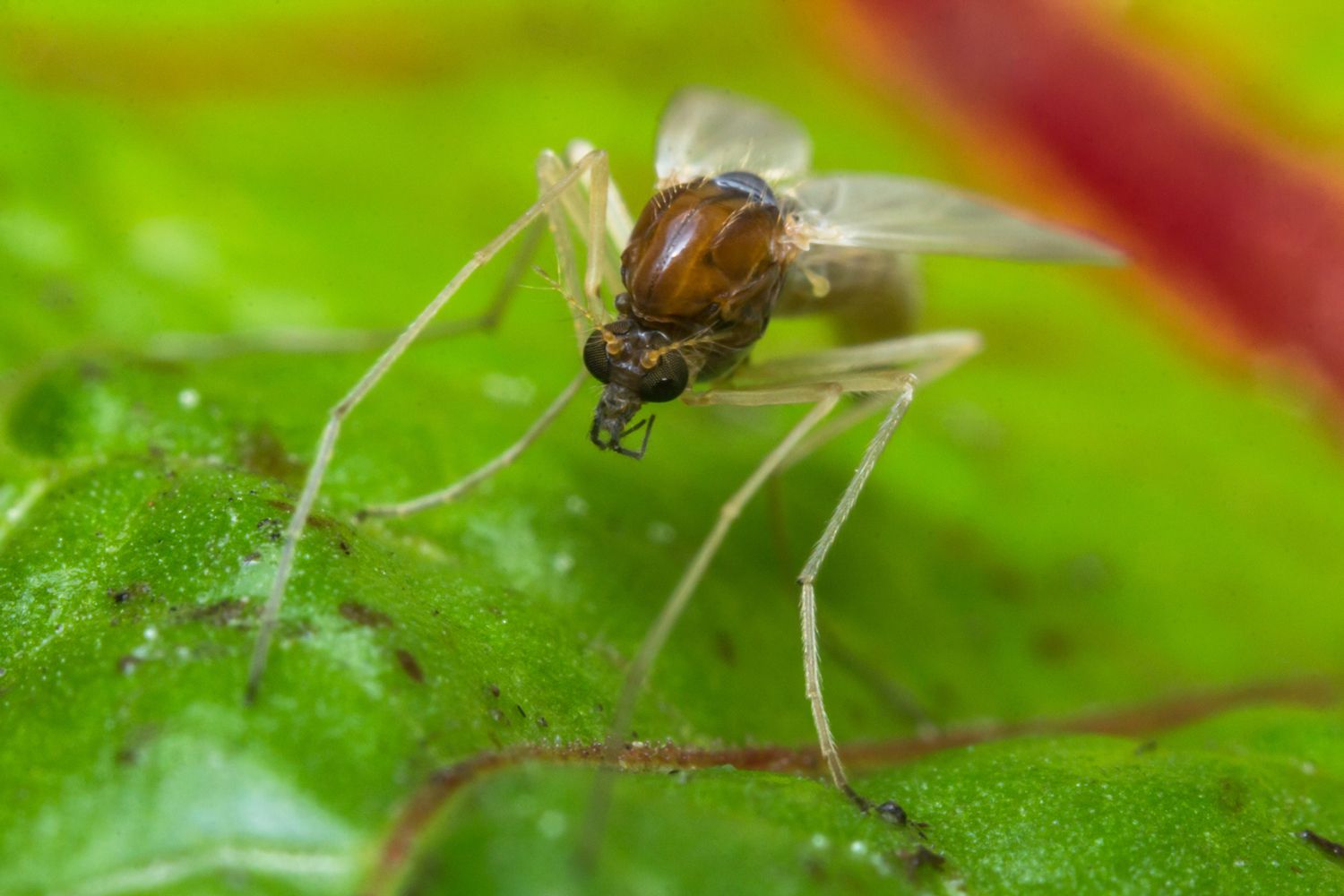Infection
Scientists Warn of Tropical Parasite Spread by Sand Flies in U.S.: ‘Not Just a Traveler’s Disease Anymore’
A flesh-eating parasite once thought to only be a danger for travelers beyond the U.S. has now been detected in patients who say they have not traveled outside of the country, according to scientists at the Centers for Disease Control and Prevention (CDC).
Analysis from the CDC has found that Leishmania mexicana, a tropical, flesh-eating parasite that causes skin sores and can create long-term scars, has likely been spreading locally through sand flies, according to CBS News.
The findings, which were released Thursday at the annual American Society of Tropical Medicine and Hygiene meeting, were co-authored by Dr. Mary Kamb of Division of Parasitic Diseases and Malaria.
Getty
According to the findings, leishmaniasis — a skin disease the CDC says is “caused by infections with Leishmania parasites” — has now been detected in the tissue samples of patients who say they have not traveled internationally.
Leishmaniasis skin sores usually appear weeks or months after a patient is bit by a fly that has been infected with the parasite, and most of the CDC’s skin samples came from Texas. Additionally, a previous 2021 research review noted that other cases were reported in southeast Oklahoma.
CNN reported that the parasite can also disable skin nerves, meaning the sores may not be painful but they can disfigure the site of a bite. As Kamb told the outlet, “Sometimes you don’t even notice that you’ve been bitten.”
Visceral leishmaniasis — a more severe type of leishmaniasis not believed to be found in the U.S., per CNN — can also impact the liver, spleen and bone marrow. It can also be fatal, per the outlet. Still, as Newsweek notes, it results in between 20,000 and 30,000 a year and the parasite it derives from is thought to be coming to the U.S. via the importation of dogs.
Dr. Luiz Oliveira of the National Institutes of Health, who has previously studied leishmaniasis from sand flies, told CNN that “it’s not just a traveler’s disease anymore.” According to the World Health Organization, it has been listed as an “epidemic” in the U.S., as well as in several other countries.
“People could be asymptomatic and not develop anything, but when people are symptomatic, they develop ulcers on their skin and sometimes it starts like a little tiny volcano with a crater in it,” Kamb said.
Never miss a story — sign up for PEOPLE’s free daily newsletter to stay up-to-date on the best of what PEOPLE has to offer, from celebrity news to compelling human interest stories.
The latest study itself featured researchers looking at 2,100 skin samples sent to the CDC between 2005 and 2019, with samples from all 50 states, Puerto Rico and the Virgin Islands. Over half of the samples tested positive, while 86 of which came from patients without a history of travel, per CNN.
“Most doctors, if you ask them, ‘Is there leishmania in the U.S.?’ They’ll say ‘no way’ or ‘What is that?’” Dr. Gideon Wasserberg, a professor at the University of North Carolina at Greensboro, who was not involved in the study, told CNN.
He also said that leishmania is also believed to be carried by rats (which are then bit by sand flies), and that there’s still much to learn about where in the U.S. leishmaniasis is being spread by flies.
“There have been previous indications of local transmission based on a small number of case reports, but now, for the first time, we have a distinct genetic fingerprint from a relatively large cluster, providing further evidence that leishmaniasis may be well-established in some parts of the United States,” Kamb told Newsweek.
While bug sprays that contain DEET can repel sand flies, CNN noted that leishmaniasis treatment for those already bitten involves a month-long course with medications such as amphotericin B.

